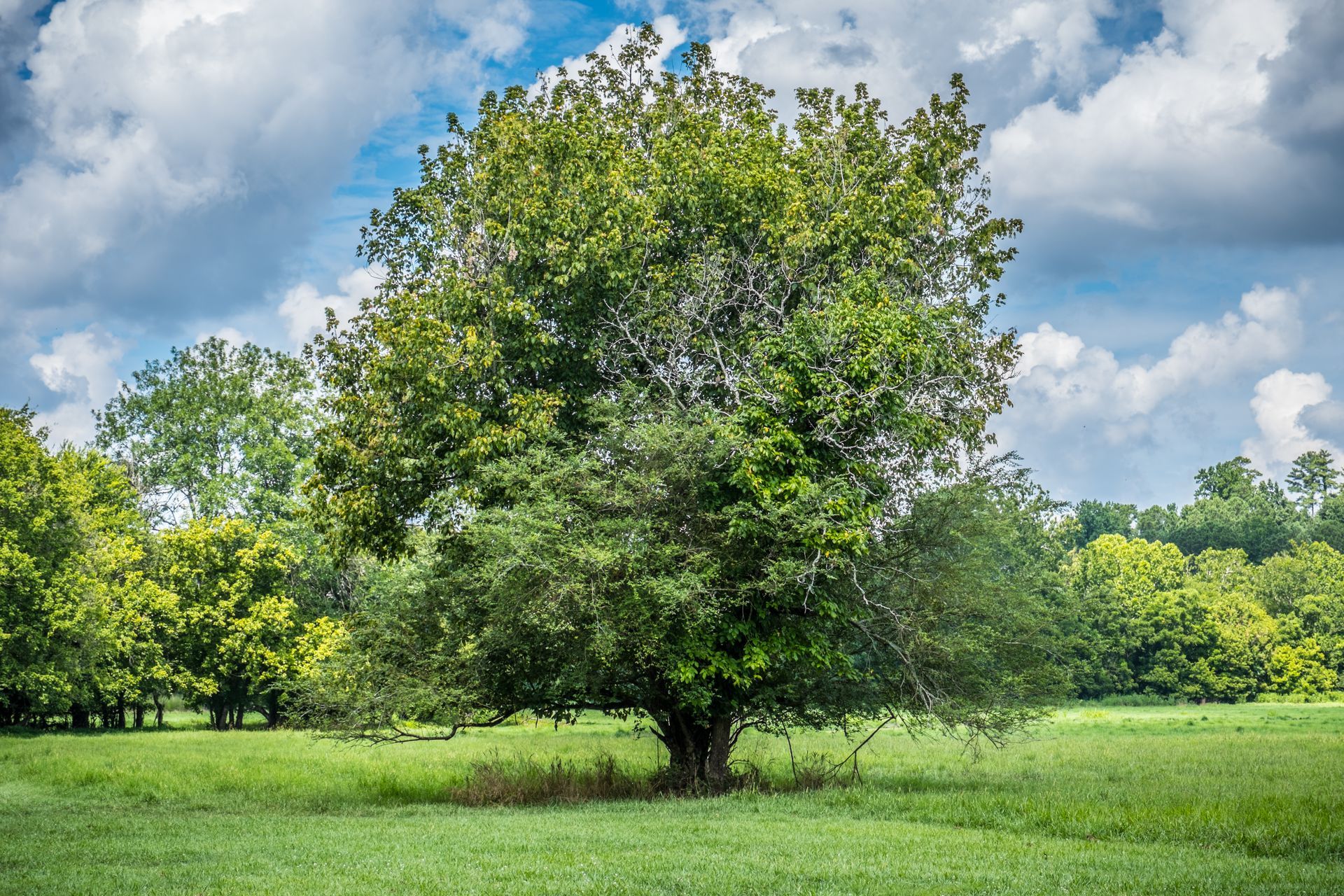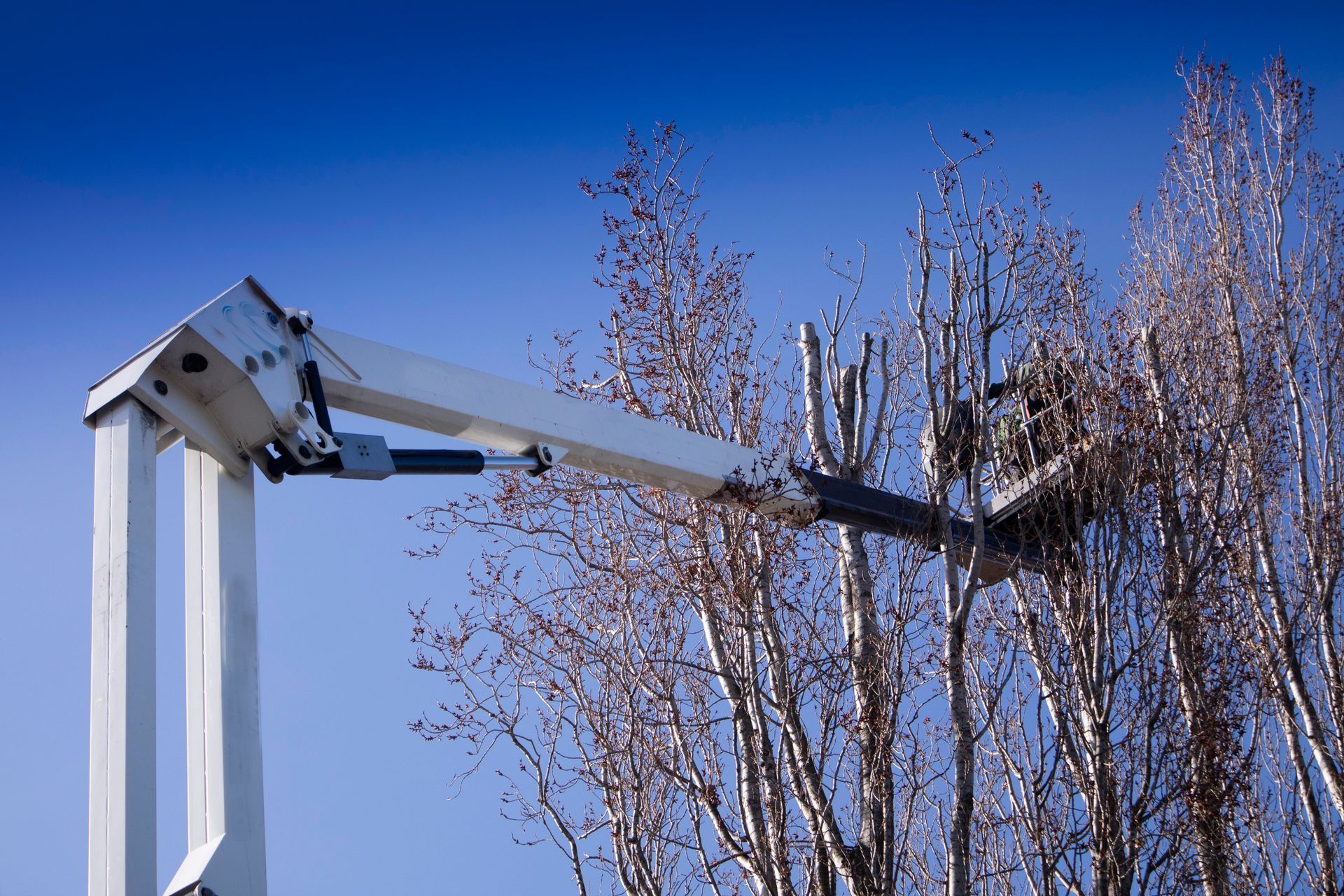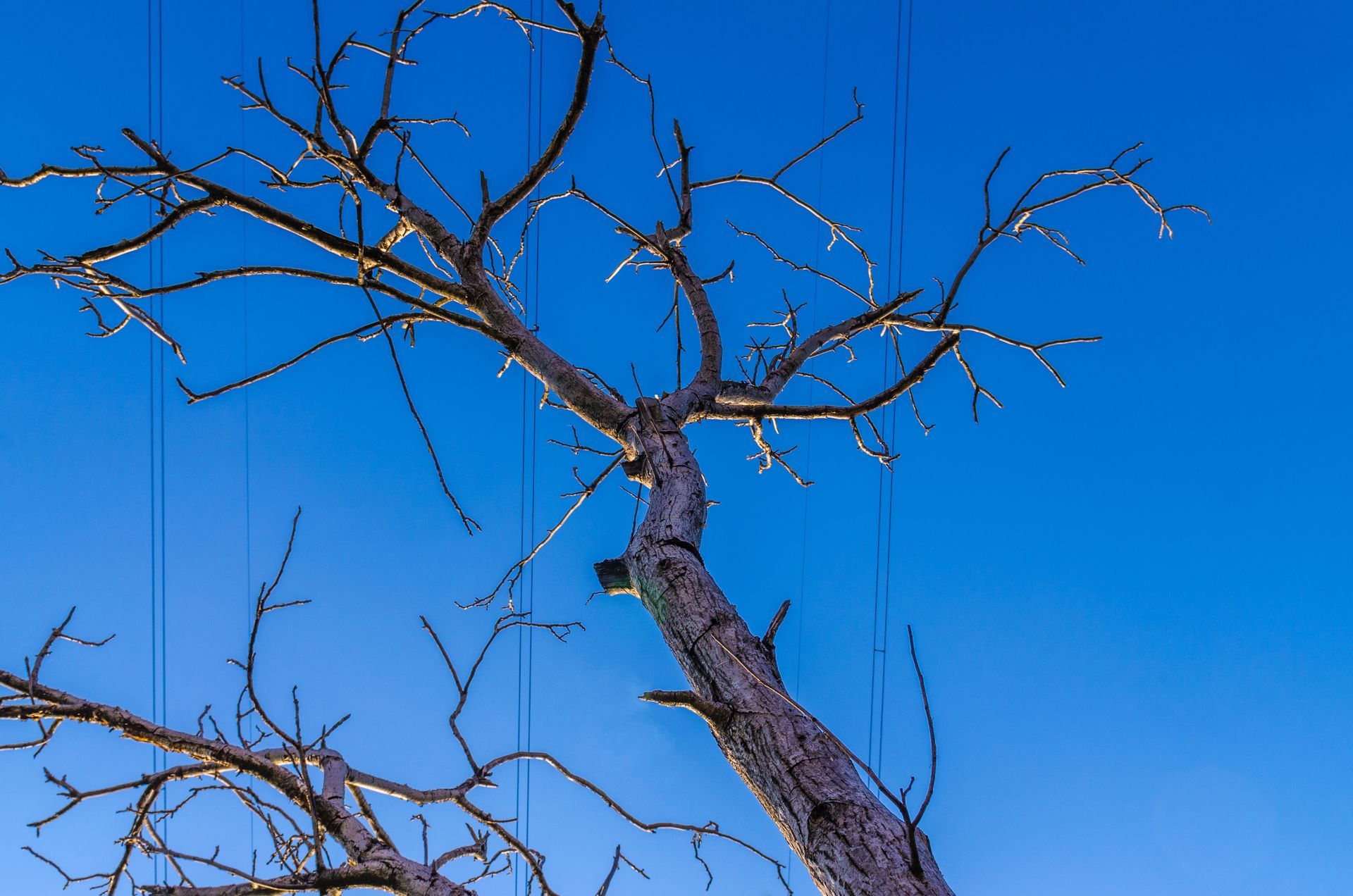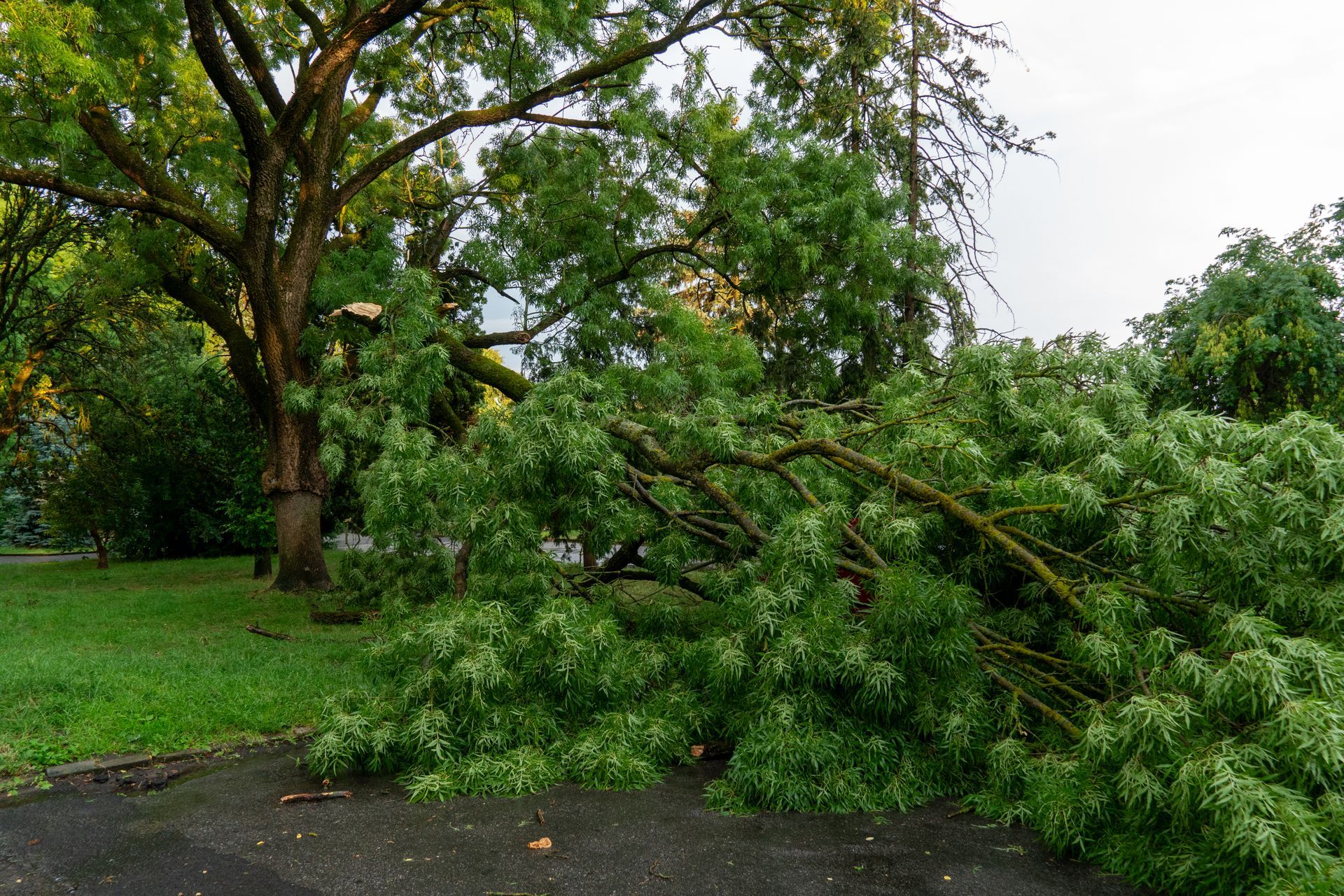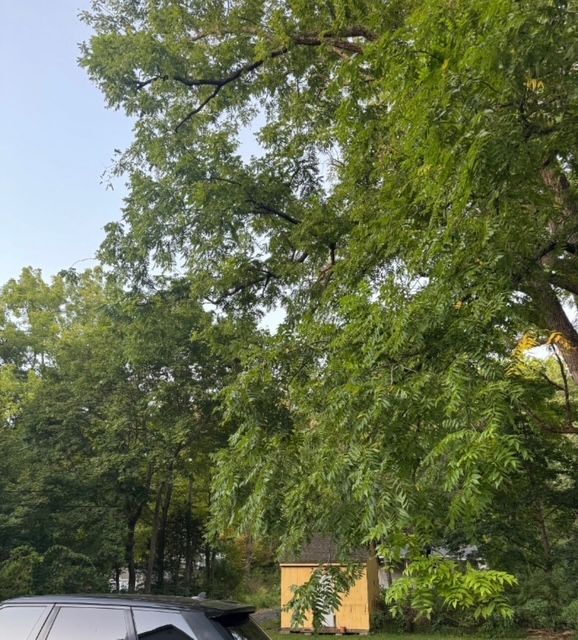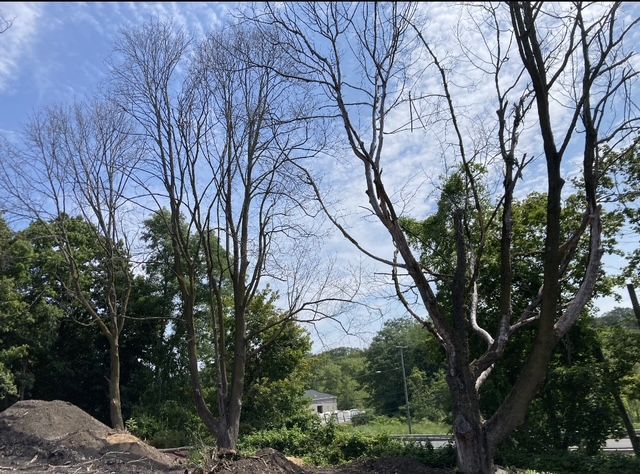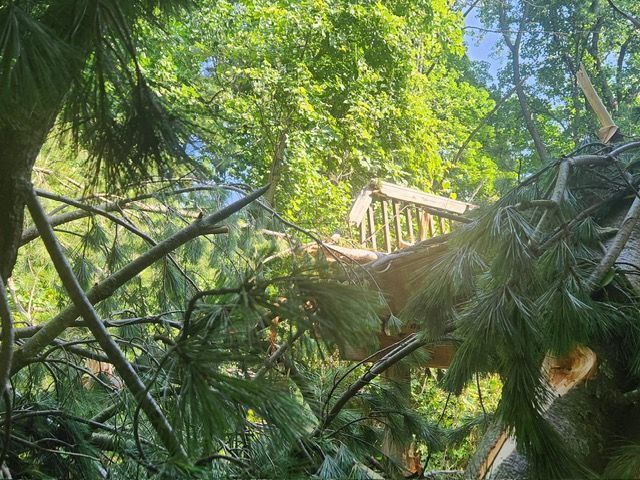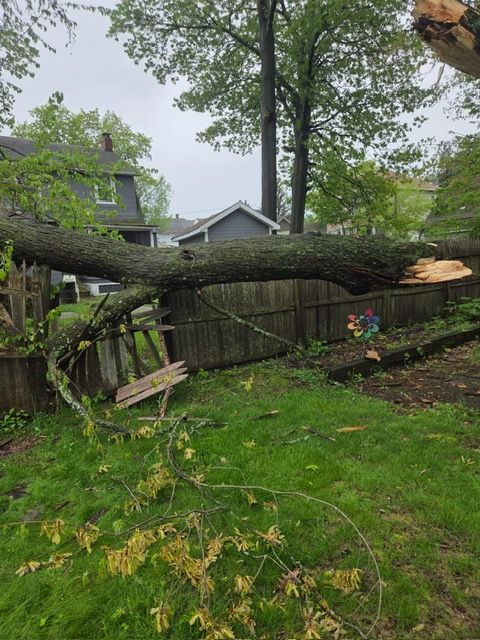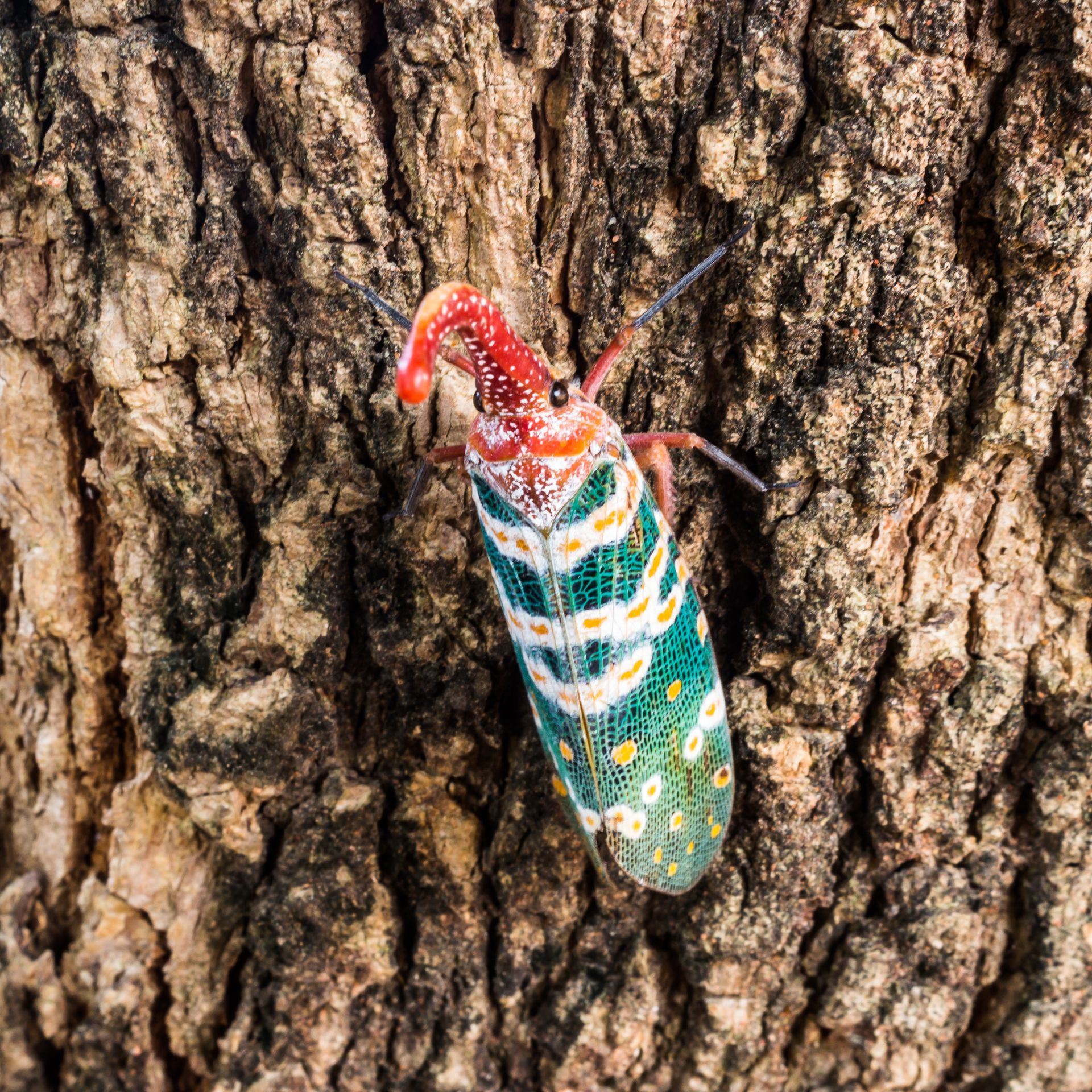What Time of the Year is Cheapest for Tree Removal?
When is the Best Time for Affordable Tree Removal
Tree removal is a task that often comes with a significant cost, making it essential to find ways to minimize expenses. One factor that can impact the cost of tree removal is the time of year. Understanding the seasonal trends can help you plan your tree removal project more efficiently and potentially save you money. So, what time of the year is cheapest for tree removal?
Spring:
Spring is considered one of the ideal times for tree removal for several reasons. The weather is typically mild, making it easier for tree removal professionals to work. Additionally, before trees fully bloom in spring, it is easier to assess their condition and plan for removal if necessary. Since spring is a busy season for tree care services, it is advisable to schedule your tree removal well in advance to secure a spot on their calendar and potentially avoid peak pricing.
Summer:
Summer is another good time for tree removal, especially early summer. By this time, trees are in full bloom, making it easier to identify any dead or diseased trees that need to be removed. However, summer temperatures can be hot, so it's important to consider the comfort and safety of the tree removal crew. Like spring, it is advisable to schedule your tree removal in advance during the summer to ensure availability and potentially secure lower rates.
Fall:
Fall is generally a good time for tree removal, especially as the weather starts to cool down. Trees are also shedding their leaves, which can make it easier and cleaner to remove them. Additionally, fall is a less busy season for tree care services compared to spring and summer, which could mean lower rates and more flexible scheduling options. However, it's important to note that as fall progresses, tree care services may become busier with seasonal tasks like leaf removal, so it's best to schedule your tree removal early in the season.
Winter:
Winter is typically the slowest season for tree removal. The cold weather and potential for snow can make tree removal more challenging, but it can also be an opportunity to save money. Since tree care services are less busy during the winter months, you may be able to negotiate lower rates or take advantage of off-season discounts. Additionally, without leaves on the trees, it may be easier for tree removal professionals to access and remove trees.
Conclusion:
The best time for affordable tree removal can vary depending on your location and the specific circumstances of your tree removal project. However, generally, spring and fall are considered the best seasons for affordable tree removal, with summer also being a viable option. Winter, while potentially offering lower rates, may come with additional challenges due to the weather. Ultimately, it's important to plan ahead, schedule your tree removal in advance, and work with a reputable tree care service to ensure a successful and cost-effective tree removal project.
